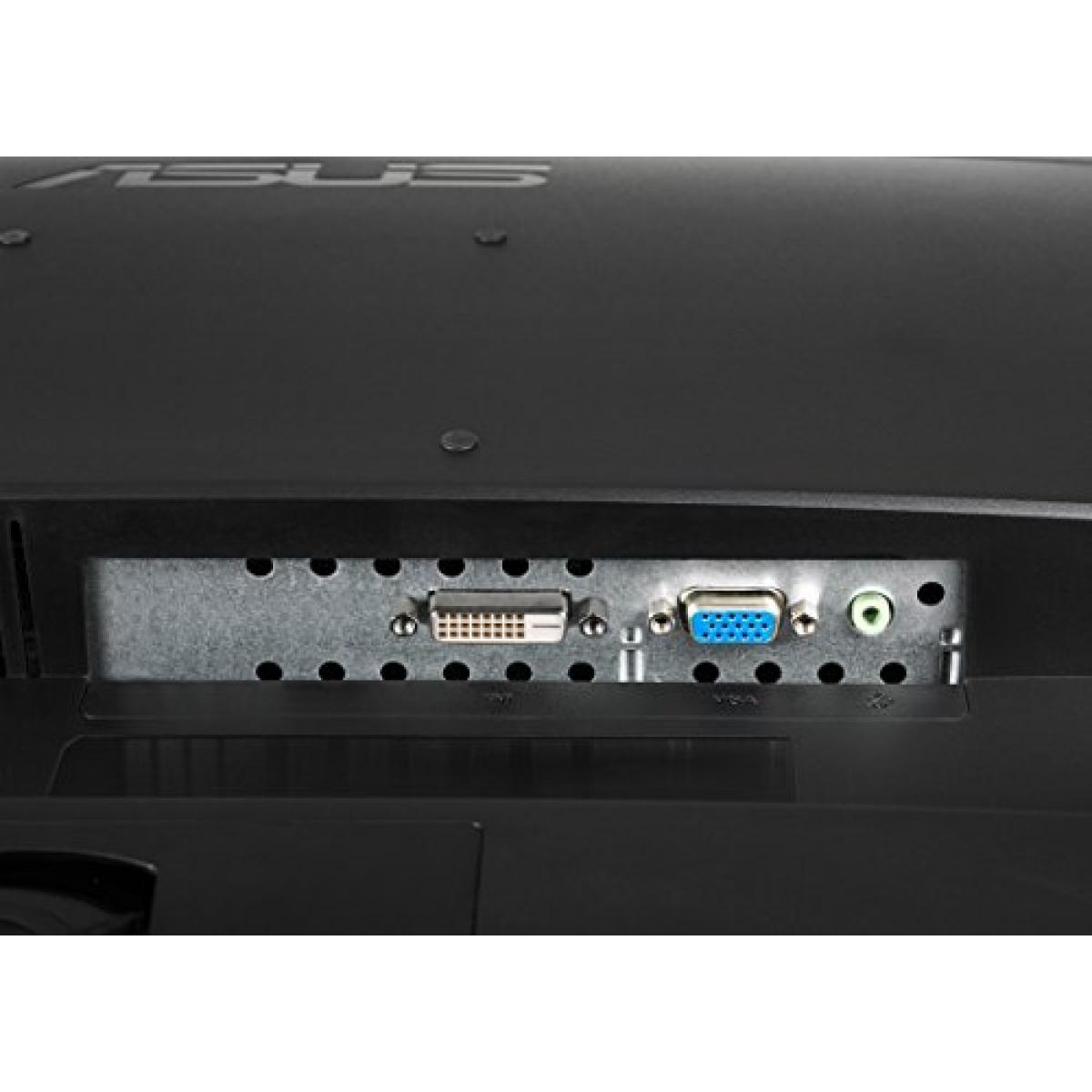
This means restarting your computer.Įach operating system will be different in terms of how you access the boot menu. Now, you’ll want to enable the integrated graphics in your BIOs. One of them will be integrated graphics like Intel or AMD. There should be two display adapters located in the menu below. Go to your Device Manager in Windows and find Display Adapters. If you have a Windows operating system, follow along below: 1. Now that you have a motherboard and a compatible CPU with integrated graphics, you can enable the HDMI by accessing your motherboard’s BIOs. The keyword that you need to look for in a CPU is integrated graphics.Ĭontrary to belief, your HDMI runs on integrated graphics from the CPU and motherboard and not your graphics card. Some CPUs will not have a graphics core that will allow you to use HDMI, for example, the Ryzen 7 1700. That said, you’ll also want to take into account the kind of CPU you’re using. You can utilize your motherboard’s BIOs to do this.

It doesn't matter which I set as the primary monitor, the discrete screen will not display a picture. The monitor that is working is connected to my onboard GPU also through HDMI. The monitor that is not working is connected to my discrete GPU through HDMI.

This problem has so far only been fixed by setting my displays to display only on the working monitor.

If I set my display to extend displays, my display becomes very laggy but does not display across both monitors, only the original one. It is receiving input and is detected by Radeon Settings, but it is not displaying any picture. I run a dual screen set up, after updating my drivers to 18.7.1 so that I could meet the new World of Warcraft 8.0.1 prepatch requirements I lost the use of one of my monitors. I updated my drivers last night to Adrenalin 18.7.1 and started experiencing problems immediately after install.


 0 kommentar(er)
0 kommentar(er)
